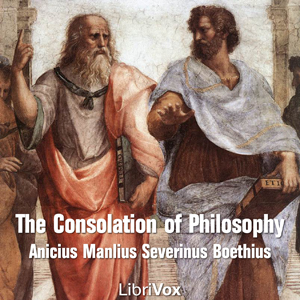- Introduction by Judd Larmor
- Author’s Preface
- On the Nature of Mathematical Reasoning
- Mathematical Magnitude and Experiment
- Non-Euclidean Geometries
- Space and Geometry
- Experiment and Geometry
- Classical Mechanics
- Relative and Absolute Motion
- Energy and Thermo-dynamics
- Hypotheses in Physics
- The Theories of Modern Physics
- The Calculus of Probability
- Optics and Electricity
- Electro-Dynamics
Jules Henri Poincaré (1854 – 1912) was one of France's greatest mathematicians and theoretical physicists, and a philosopher of science.
As a mathematician and physicist, he made many original fundamental contributions to pure and applied mathematics, mathematical physics and celestial mechanics. He was responsible for formulating the Poincaré conjecture, one of the most famous problems in mathematics. In his research on the three-body problem, Poincaré became the first person to discover a chaotic deterministic system which laid the foundations of modern chaos theory. He is considered to be one of the founders of the field of topology. Poincaré introduced the modern principle of relativity and was the first to present the Lorentz transformations in their modern symmetrical form. He discovered the remaining relativistic velocity transformations and recorded them in a letter to Lorentz in 1905. Thus he obtained perfect invariance of all of Maxwell's equations, an important step in the formulation of the theory of special relativity. (Summary from Wikipedia)
As a mathematician and physicist, he made many original fundamental contributions to pure and applied mathematics, mathematical physics and celestial mechanics. He was responsible for formulating the Poincaré conjecture, one of the most famous problems in mathematics. In his research on the three-body problem, Poincaré became the first person to discover a chaotic deterministic system which laid the foundations of modern chaos theory. He is considered to be one of the founders of the field of topology. Poincaré introduced the modern principle of relativity and was the first to present the Lorentz transformations in their modern symmetrical form. He discovered the remaining relativistic velocity transformations and recorded them in a letter to Lorentz in 1905. Thus he obtained perfect invariance of all of Maxwell's equations, an important step in the formulation of the theory of special relativity. (Summary from Wikipedia)
There are no reviews for this eBook.
There are no comments for this eBook.
You must log in to post a comment.
Log in











